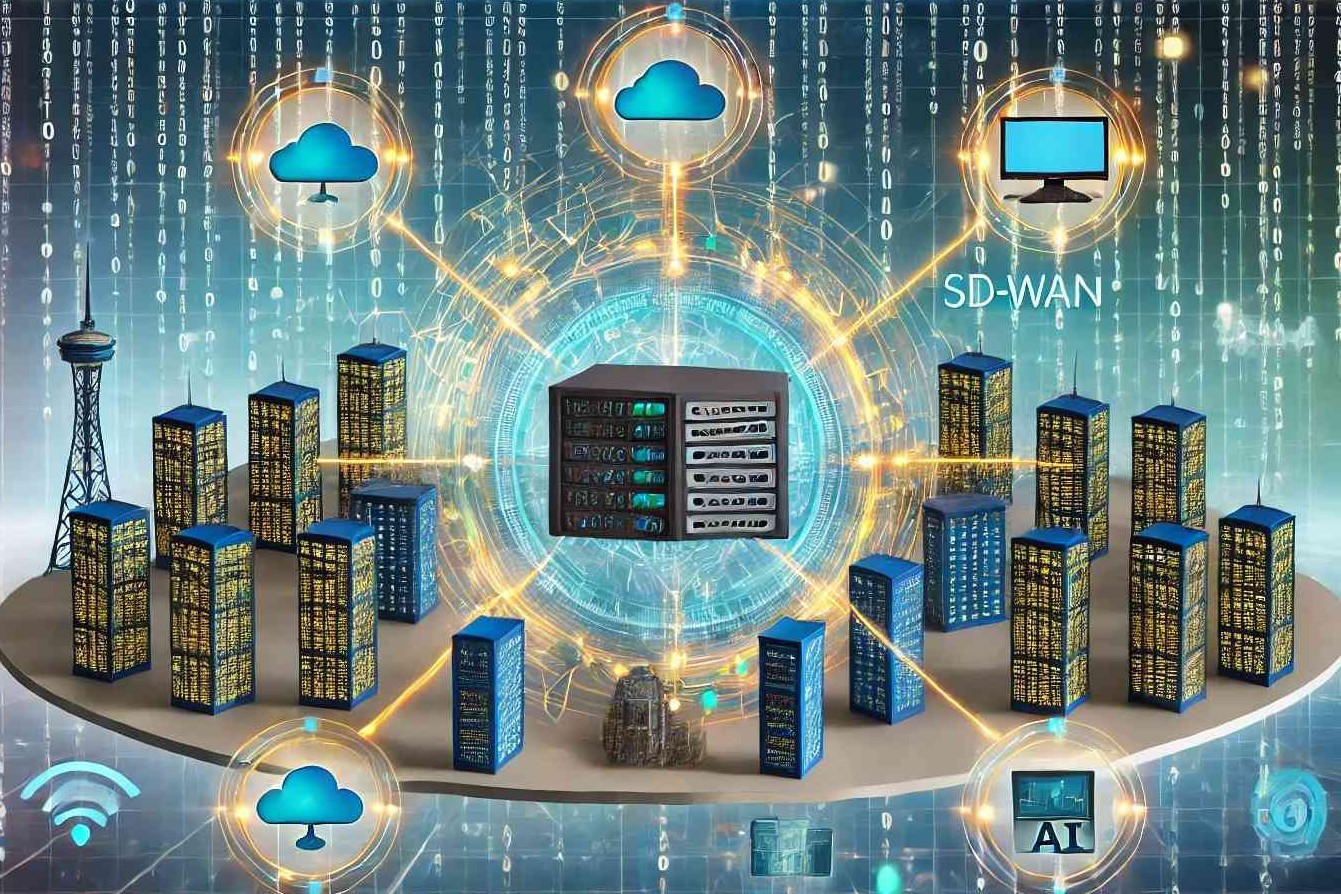28 August 2024
SD-WAN Technology: Overcoming the Challenges of Traditional WAN
The advancement of computing technologies, such as cloud computing and artificial intelligence (AI), has brought about numerous positive impacts. One tangible manifestation of this progress is the invention of Software Defined-Wide Area Network, or SD-WAN. If you are not yet familiar with this technology, let’s learn together about its definition and how it works in more detail.
What is SD-WAN?
To understand SD-WAN, we must first understand what a WAN is. WAN, or Wide Area Network, is an internet network typically used to connect multiple company branches into one unit. This network allows for data transfer or exchange between one office and another located in different regions.
However, traditional WANs have several drawbacks. High construction and maintenance costs, as well as security quality often being questioned due to vulnerability to hacker attacks, are some of the main challenges. This is where advancements in computing technology play a significant role, giving birth to Software Defined WAN, or SD-WAN.
SD-WAN does not rely solely on physical infrastructure to build networks. This technology involves software at the router level, enabling the integration of multiple different networks into one more efficient unit. With this technology, the complexity that occurs in traditional WANs can be addressed more easily.
Challenges of Traditional WAN
During the use of traditional WANs, companies often face several challenges, including:
- High costs for the distribution of network devices to branches.
- Difficult management, especially if the company has thousands of branches.
- Different types of networks at each branch, making efficient monitoring challenging.
Telkom SD-WAN Solutions
To address these challenges, Telkom’s SD-WAN offers several solutions as follows:
- Touchless Provisioning or Installation: SD-WAN installation can be done remotely without the need for technicians to visit each branch location.
- Centralized Network Management: With centralized network management, companies do not need to distribute various equipment to each branch. Everything can be controlled from one central hub.
- High Visibility: The Software Defined WAN feature allows companies to monitor various different types of networks more effectively.
Benefits of Using Telkom SD-WAN
Here are some benefits that companies can obtain by using Telkom’s best SD-WAN services:
- Faster Deployment: Network deployment becomes faster as configuration and policy management can be done integrally.
- Flexible Access Control: Companies can control access through a single tool that can be accessed from anywhere and reach all devices.
- Easier Network Monitoring: Network monitoring can be done more easily and efficiently.
With this SD-WAN service, companies no longer have difficulty managing large networks. Network affairs at all branches can be arranged and monitored much more easily, providing higher efficiency and security compared to traditional WANs. SD-WAN is the future solution for smarter and more effective network management.
Is this information helpful?
